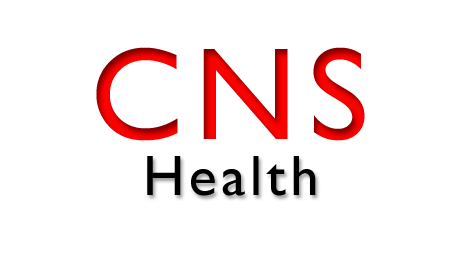WASHINGTON–Rep. Steny Hoyer expressed satisfaction Wednesday with the number of people who have signed up for health insurance through the Maryland Health Benefit Exchange this year and indicated that the program will continue to improve after last year’s poor rollout.
So far this year, 264,245 people have signed for insurance during the three-month enrollment period. Last year, 295,077 people signed up during a six-month enrollment period.
“We are very pleased with the numbers,” Hoyer, D-Mechanicsville, said during a conference call with reporters. “Now that’s a quarter of a million people who otherwise would not have had health care. …And they’re going to be participating to some degree in payment for their own health care.”
Due to a large volume of consumers who contacted the health exchange website on Feb. 15, the deadline for the enrollment period which began Nov. 15 has been extended to Feb. 28 for those queued from the weekend.
There is still no final number for signups. Officials expect the extension to result in an increase in the number of enrollments. Also, enrollment numbers are expected to rise significantly as Medicaid re-enrollments occur this spring, Andrew Ratner, director of marketing and outreach for the Maryland Health Connection, said Wednesday.
Carolyn Quattrocki, executive director of the Maryland Health Benefit Exchange, also said during the conference call that she was satisfied with the number of people who have signed up so far.
She singled out two reasons for the numbers this year versus last year, when a faulty website led to a slow rollout of the health exchange — the new website and the availability of in-person assistance for those looking to sign up for the exchange.
The final cost of the new system was $40-$45 million, Quattrocki said. She also said officials are actively engaged in legal action against contractors responsible for problems with the old site. Hoyer expects that contractors, to the extent that they were responsible, will be held accountable for the issues with last year’s exchange.
“Obviously the website has worked very well,” she said. “We’ve gotten overwhelmingly positive feedback about how well that’s worked.”
But not everyone was thrilled with the health exchange.
“Unlike websites such as Amazon, where you can buy goods and have them at your house the next day, after more than four years and hundreds of millions of taxpayer dollars, Maryland still has not created a fully functional and efficient exchange,” said Rep. Andy Harris, R-Cockeysville, who has been a vocal critic of the Affordable Care Act.
Quattrocki also pointed to the navigators who helped provide in-person assistance for those signing up for health care.
Hoyer thinks word of mouth helped lead to increased interest in the health exchange, which he said received over 1.5 million inquiries this year.
“Obviously when you adopt any new system, no matter how beneficial it might be, obviously people are somewhat wary,” he said.
But once people start seeing their friends and relatives having success and lower costs through the health exchange, he continued, they are more willing to sign up.
“I expect interest to continue to rise because this is a program that will be very, very beneficial to literally millions and millions of people,” Hoyer added.
Quattrocki also outlined some steps that the health exchange hopes to take before the next enrollment period. They want to figure out who still doesn’t have health insurance –numbers they are still compiling– and how they can reach those people.
They’re also going to look at the insurance being offered through the exchange to see how they can improve the choice and options available to consumers.
Finally, Quattrocki said the exchange has to do a better job of making sure people know what doctors are in their network and what drugs are available through each plan.

